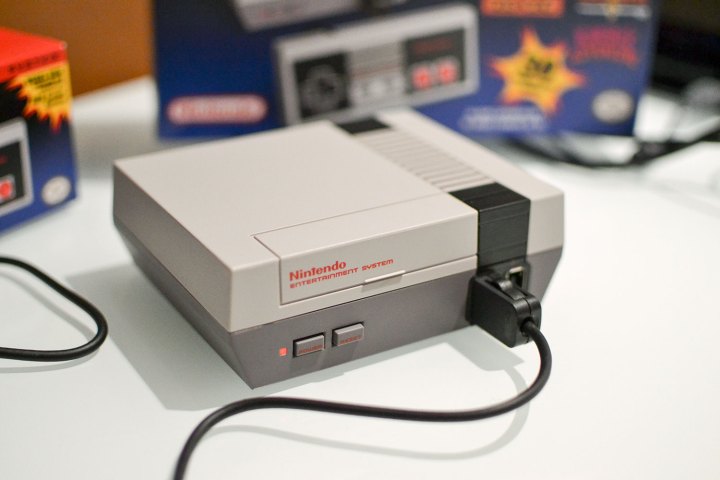
However, one new NES Classic Edition owner is not revisiting the gaming of yesterday. Instead, he managed to get a customized version of Ubuntu up and running on the fresh new ‘old’ hardware. To be clear, Nintendo’s NES console re-release relies on the Linux operating system. In fact, Nintendo currently offers the Linux source files for anyone to use through an open-source software license. The Ubuntu operating system is based on Linux as well.
For starters, when the console went live on Friday, hackers immediately began to see what they could do with the hardware. Some attempted to connect a serial cable to the NES Classic Edition’s motherboard to install their own customized Linux kernels, which is essentially the heart of an operating system that handles everything. A hacker going by the handle “urandom” actually succeeded in installing a custom Linux kernel and posted a step-by-step guide here.
The ‘hack’ was first carried out by using a serial-to-USB cable to connect his PC to the motherboard within the Famicom Mini, which is a Japanese version of the NES Classic Edition console that sports an identical motherboard. Using the U-Boot loader, he then grabbed files from the console’s operating system via FEL mode that would be required to run his custom Linux kernel on Nintendo’s hardware.
Right now, the guide describes how to extract important files from the console, compile the custom OS with those files intact, create a boot image, and then launch the new operating system on Nintendo’s hardware. So far, there appears to be no sign of an attempt to rip the NES emulator off the system, or to cram more NES games onto a system already overflowing with pre-installed games. But give it time — someone will take that path for sure.
If you missed all the fuss on Friday, Nintendo launched a new NES system after officially discontinuing the console in the United States in 1995. Compared to the original version, the new Classic Edition console is smaller and provides HDMI connectivity so players can enjoy their 8-bit favorites on an HDTV. It also sports four virtual slots for saving the current state of the game, allowing players to stop when needed and pick back up in the same position later, just like they can on the 3DS.
The new NES console immediately sold out across the nation, which seemed to be a surprise to many retailers. However, this is an official release by Nintendo and is seemingly quite a steal price-wise when comparing the console and its installed library to the original hardware and software released three decades ago. Naturally, it will only be a matter of time until an even easier method of installing an operating system is made by the hacker community for daring Nintendo customers.


